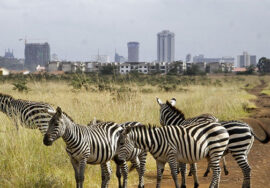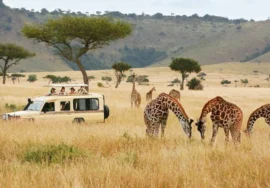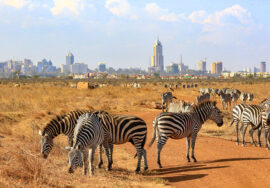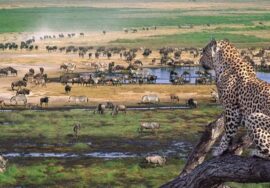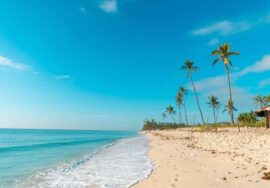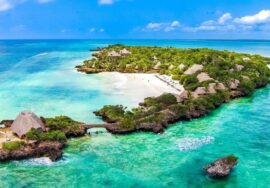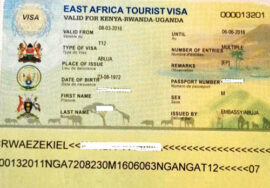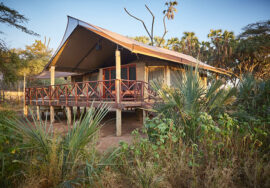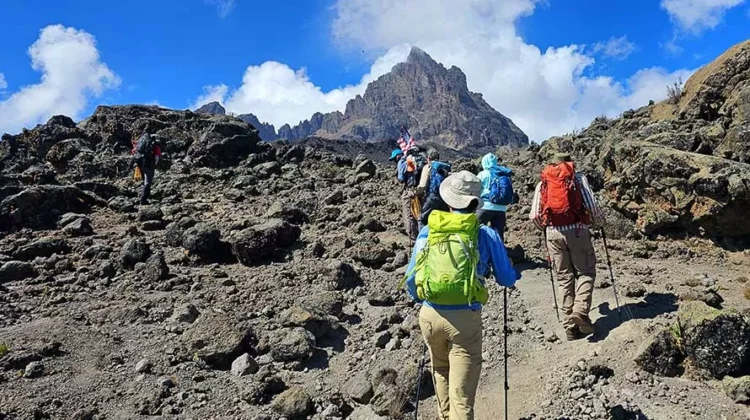
AFRICA MOUNTAIN CLIMBING ADVENTURE
AFRICA MOUNTAIN CLIMBING ADVENTURE, Both are more than 5,200 meters (17,000 ft) high, making them the biggest mountains in Africa. Ascending either one is like going on a trip through the earth’s climate systems, from tropical rain forests to alpine meadows to high desert and finally to a moonscape of rock, snow, and ice.
And each peak gives climbers a chance to look inside themselves and find the strength to make it through tough weather and high elevation. You don’t need to have a lot of technical knowledge to climb, but some physical training will help you get through the thin air and sometimes windy circumstances.
But for people who are ready to make a commitment, we offer the chance of a lifetime to find amazing views all around and a world of happiness… inside.
Take on Mount Kilimanjaro.
Kilimanjaro, or “Kili,” is the tallest mountain in Africa and the world’s highest freestanding mountain. Every year, thousands of brave hikers come to see it. The peak is 5,895 m (19,340 ft) high, and most people are sure they can reach it. Many do, but the altitude will affect almost everyone in some way.
Based on which of the seven ways you choose, your climb could last anywhere from four to six nights. The Machame and Marangu routes are the most famous. The Marangu is one of the easier routes, but it will still take six to seven days.
You should know that, in general, the longer you stay on the mountain, the more likely it is that you will be able to climb it. In fact, your chances of reaching the top of Kilimanjaro greatly improve every day you spend there.
Ascend Mount Kenya
Like the climb up Kilimanjaro, the climb up Mt. Kenya will take you through a variety of temperature zones. You’ll start in a bamboo forest, then move up to a cooler wooded area, then higher to the alpine regions, and finally reach the summit, which is covered in glaciers, rock, and snow.
But along the way, you might see elephants, buffalo, monkeys, antelope, and even big forest hogs higher up. On your way to the top, you’ll see mountain lakes as you get closer to the higher parts. Only Point Lenana, at 4985 m (16,354 ft), on Mt. Kenya’s three peaks, is easy for first-time hikers to reach.
Most climbers use one of these three ways to get to Lenana: Sirimon, Chogoria, or Naro Moru. You can go up one of these paths and then down a different path. You can choose between camps outside or huts along all three routes.
You should expect to spend about five days on the mountain, both going up and coming back down. Remember that going slower is better at these levels to help avoid getting altitude sickness.
Time that is best for your climbing trip
If you want to climb Kilimanjaro and Mt. Kenya, you should do it in January or February, when it is hottest and driest, or from June to August. Stay away from the wet months of March through early June and November through December.
But keep in mind that the weather on these big hills can change quickly. Because cold fronts can come out of nowhere, make sure you have the right gear.
Getting Ready to Climb
You should try to get in the best shape possible so that you have the best chance of making it up the mountain. Being mentally and physically ready for your trip will also make it a lot more fun.
The key is to do aerobic activity. Going on hikes often is good for your heart, lungs, and energy. As your climb gets closer, try to make your walks longer. Adding swimming, riding, or running to your workouts can also help your heart and lungs.
Bring everything you need… But Not Anymore!
To climb these high hills, you need to bring special gear to protect yourself from the unpredictable weather. But that doesn’t mean you can have as much stuff as you want. You or your helper will have to carry more weight up the hill.
You might only be able to bring 40 pounds, so only bring the things on this list that are important. You’ll need to be ready for a wide range of temperatures, from –100 c (140 f) at the top to 250 c (770 f) at the warm base of your climb.
Don’t wear cotton. Instead, wear wool. When it’s wet, cotton doesn’t keep heat in very well. It’s easy to be comfortable, stay warm, and get rid of sweat when you wear wool or synthetics.
What to wear
Base Layer: This layer pulls sweat and moisture away from your face. Synthetics like capiline can be used.
Soft Shell: This is a wind- and water-resistant layer that keeps you warm and comfy. You can find wool, Polartec, or Gore Windstopper.
Hard Shell is a thicker cover that keeps out wind and water while still letting air flow through. For example, Goretex
Insulating Layer: The last layer that goes over the others. It can be made of synthetic material or down.
Don’t forget to bring a warm wool or fur hat as well as a sun hat with a wide brim. A scarf and strong sunglasses are always helpful for blocking the sun’s rays at high elevations.
You should bring two pairs of gloves: a thin pair and a thicker pair with wool and a waterproof shell.
For socks, the same rule applies: first wear a thin pair of synthetics, then a thicker pair of wool or polypropylene. Oh, and climbing boots. Light to medium weight ones will work for your hike uphill.
Your sleeping bag is very important for staying warm and cozy at night. Bring a bag that can handle temperatures as low as –290 c (–200 f).
Other Things You Need
A one-quart water bottle and tablets to clean the water.
Headlamp—for hiking at night and using around camp without using your hands
Toiletries, sunscreen, a first-aid kit, a towel, light shoes for walking around camp, and food are all good to bring.
And a day bag with padded straps to carry it all.
One last thing
Some people don’t normally climb these kinds of high mountains, so people who want to do it should see a doctor before they leave for their Mt. Kenya or Kilimanjaro experience.
You should be in good shape to climb these big hills, and we’ll make sure you have a great time!

